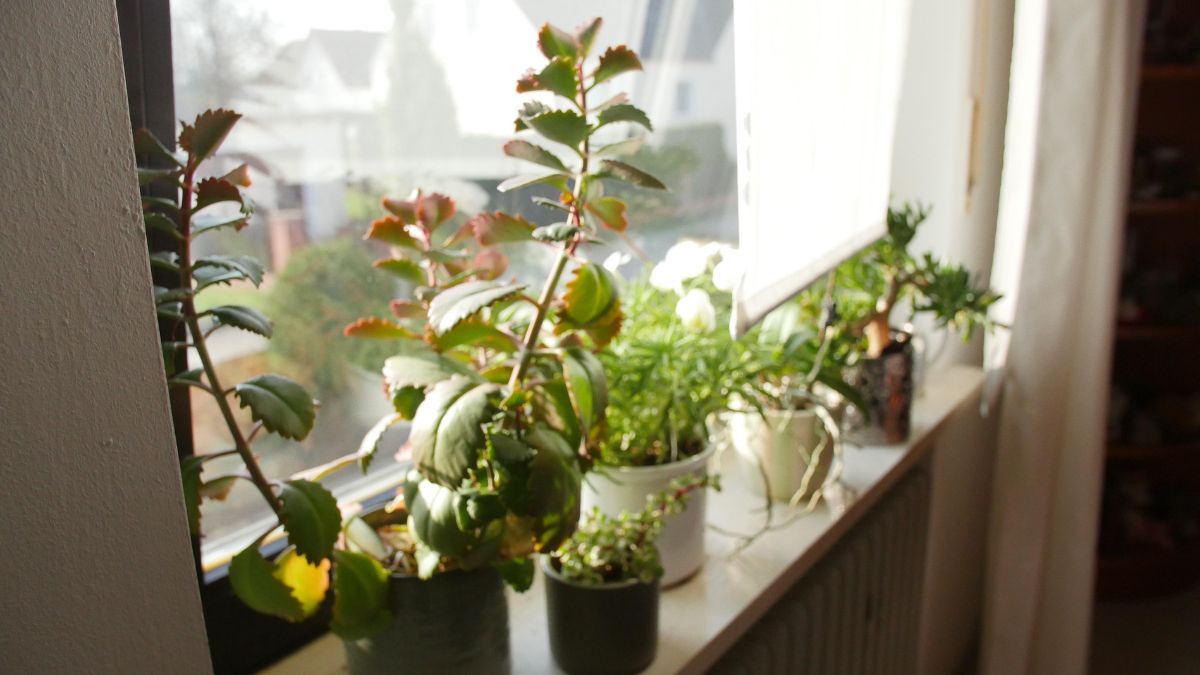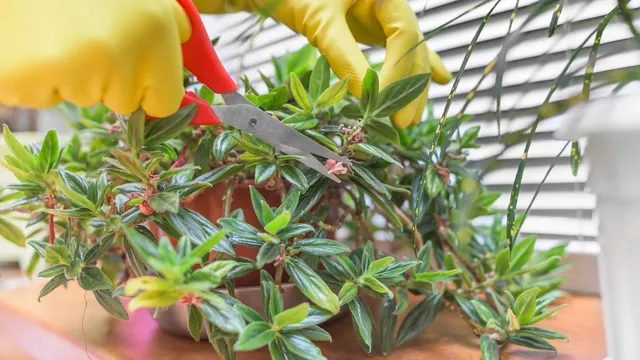- By Bornika Das
- Sat, 16 Aug 2025 04:11 PM (IST)
- Source:JND
Houseplant Care Tips: Nothing can be more disheartening for a plant lover than to see the most thriving plant slowly dying. The symptoms of a dying plant include dropping leaves, dry soil or yellowing stems, the sight of which makes people feel helpless and guilty. Reviving a dying houseplant can feel daunting; however, with the right approach, many struggling plants can come back to health. Many plant lovers search for the answer ‘How to save houseplants?’ The causes of houseplants dying may include improper watering, poor lighting, pests or nutrient issues. However, by accessing the plant’s condition, adjusting care routines and providing proper aftercare help the houseplant to revive its health, making the balcony garden look lively.
Houseplants are quite resilient and identifying the root cause of their dying can make a huge difference in the plants’ health. With the right houseplant care tips, little observation and patience, a plant lover can easily revive the dying plants and restore them to their lush, healthy state. Here are the six ways to revive your dying plant.
How To Revive A Dying Houseplant
Inspect Closely Before Taking Action
Take a close look at the struggling plant before declaring it dead. If there are green leaves and flexible stems, there’s a possibility of reviving. Try and find the root cause of the withering plant. Leaves turning yellow with soggy stems are often a sign of excess watering. Yellowing limited to older foliage typically suggests the plant is simply ageing. Brown leaves could be an issue of underwatering or low humidity. Moreover, root rot can also cause damage.
ALSO READ: Top 6 Medicinal Herbs You Can Easily Grow In Your Balcony Garden For Everyday Natural Remedies
Prune Dead Leaves
After seeing a chance of revival, start by pruning dead leaves. By doing so, help the plant focus on healthy growth. Trim off the withered foliage with the scissors, but don’t overdo it. Avoid cutting more than a third of the plant at once and space out the pruning sessions.
Check Watering Cycle
Proper watering is crucial for healthy plant growth, but avoid too much or too little watering. Excess water can lead to yellow or brown leaves and root rot, while insufficient water can leave the plant wilted.
To identify the cause, remove the plant from its pot. If the roots are soggy, trim off the damaged parts, allow the plant to dry and add fresh, dry soil to the pot. However, if the soil is dry and cracked, soak the pot in water for a few hours, then water regularly, ensuring the soil stays moist but not soggy.

Ways To Save Dying Houseplants (Image Credits: Canva)
Assess Light Exposure
Light plays a major role in determining plant health. Some plants require direct sunlight, while others can survive in dark areas and shade. Check the plant’s requirements before placing it indoors.
Repot The Plant
If your plant has outgrown the pot or its growth is stalled, then it’s time to repot. Roots find it difficult to absorb nutrients if they are kept in a small pot. Take out the spot to inspect the growth of roots. If they are growing in circles or tightly packed, then it is time to buy a larger pot with good drainage. Besides, repotting can give fresh life to the plant and allow space for its new growth.
ALSO READ: How To Protect Your Plants During The Monsoon Season?
Check For Pests And Diseases
Pests and diseases often cause stunted plant growth. Separate the plants if you spot any bugs on them. Treat the plant with insecticidal soap or use natural pest control methods. In case of fungal infections, a fungicide can help or you can seek expert advice.

